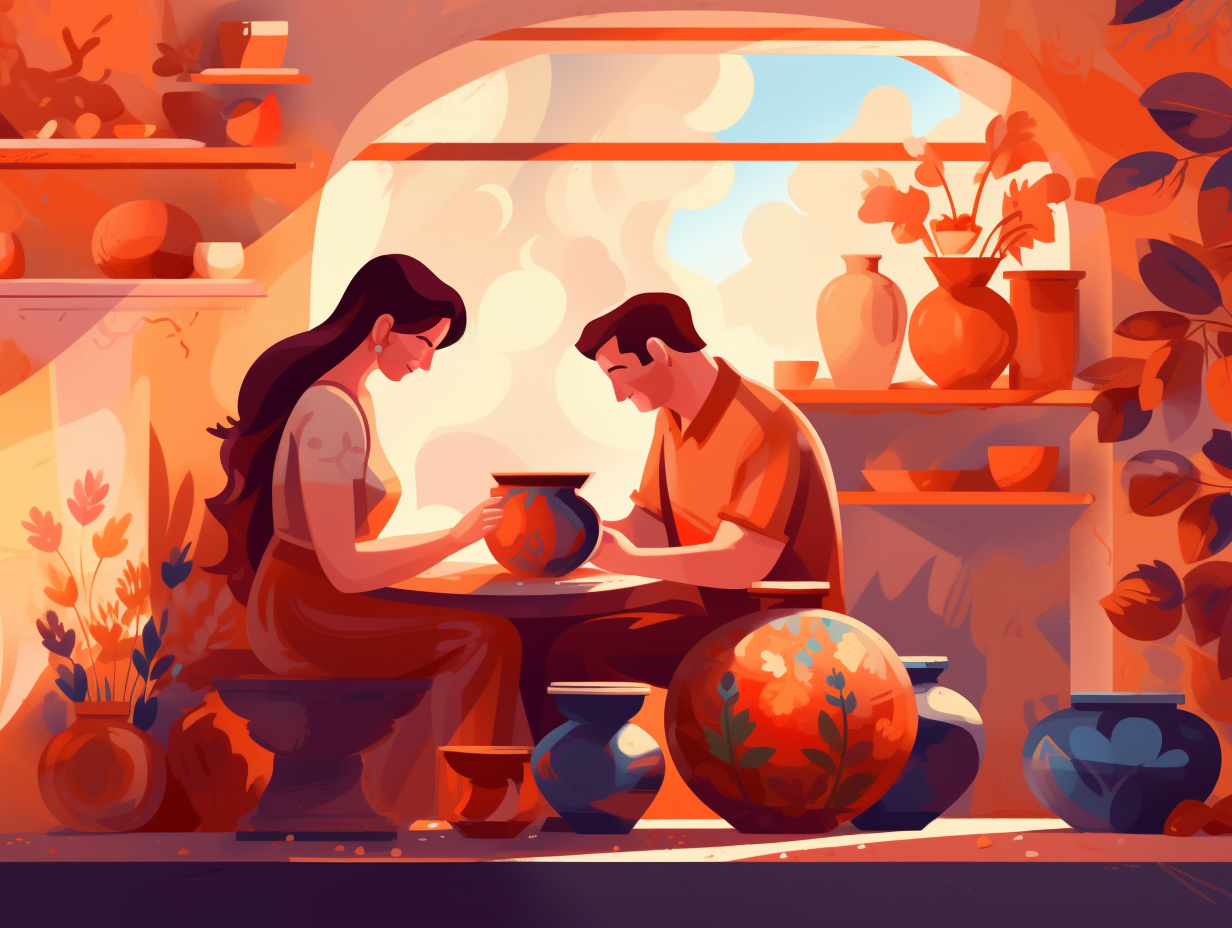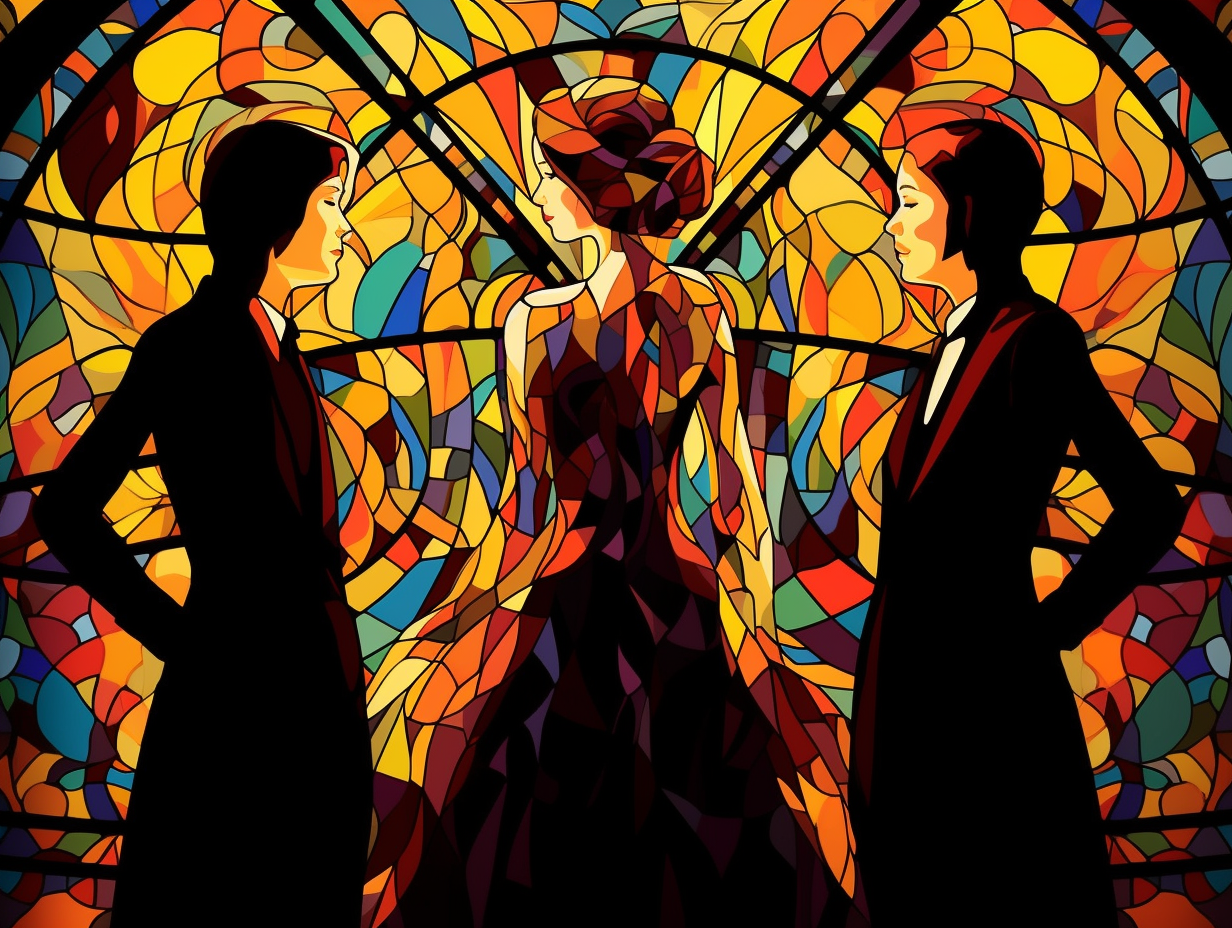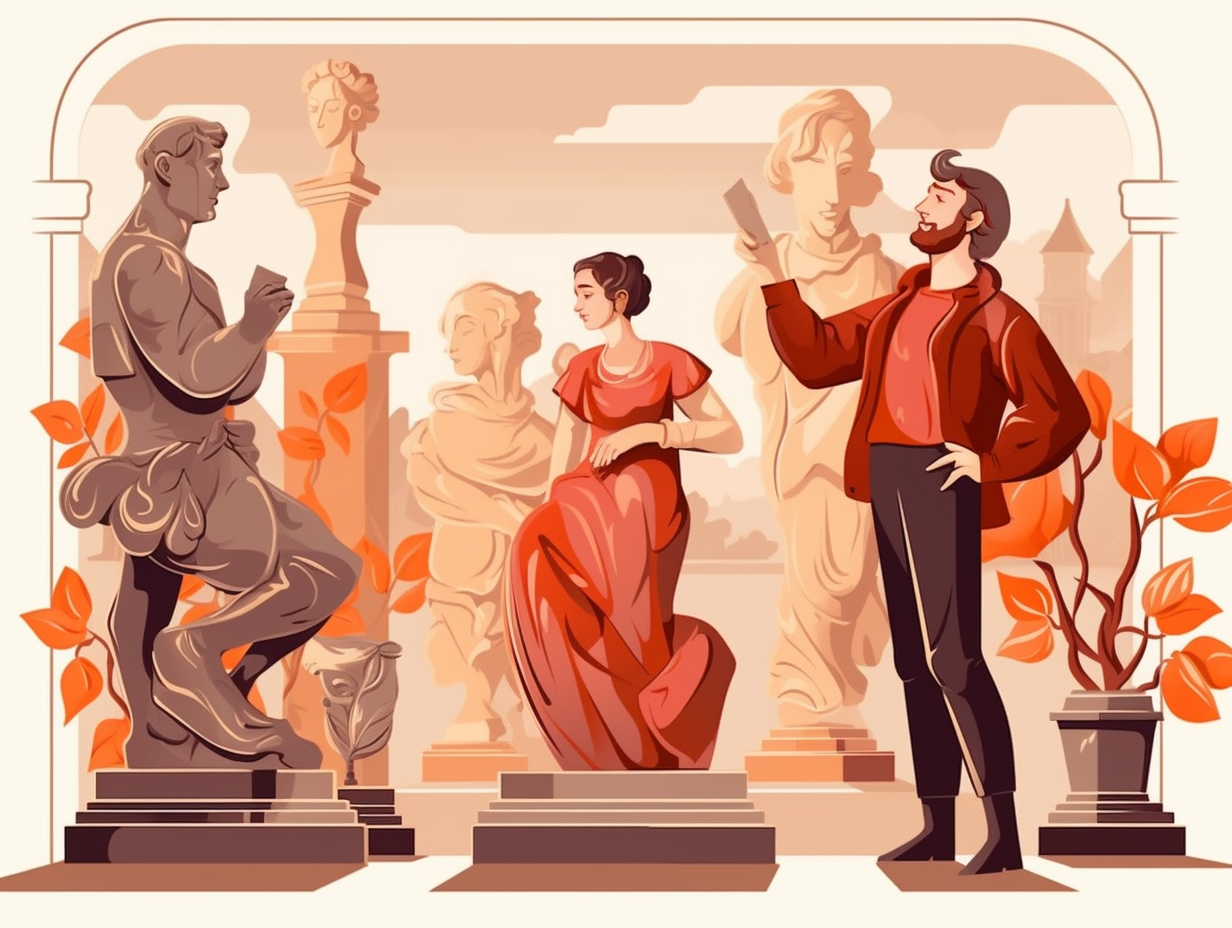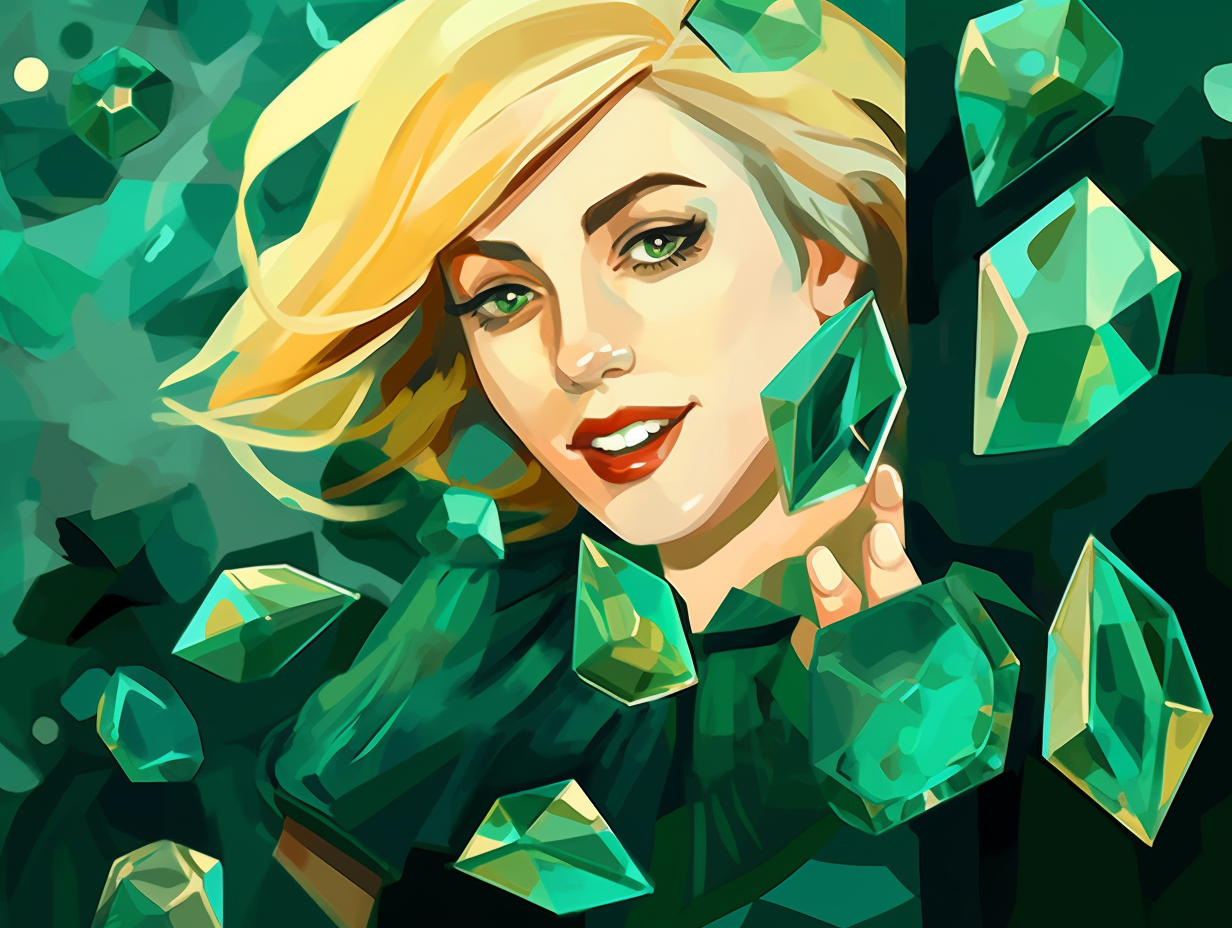Discover the Allure: Top 11 Fun Facts About the Fascinating Lapis Lazuli Gemstone

1. Cleopatra's Celestial Swipe Right
If Cleopatra had an online dating profile, she'd have swiped right on lapis lazuli: her ancient Egyptian kin believed this rockstar of a gem skydived straight from the heavens to be used in divine statuettes, magical jewelry, and make their blingy blue eyeliner pop. Serious reveal: lapis lazuli wasn't just a stone that ruled supreme in ancient Egypt— it represented celestial grace, served as a status symbol, and held profound symbolism within their culture.
Source => antiquities.co.uk
2. Blue Kid on the Block
Step aside, sapphires; there's another blue kid on the block who's both softer and more versatile, often dabbling in the ancient arts of cosmetics and construction: Lapis lazuli, a gemstone with the distinct azure hue and a Mohs scale rating of 5-6, is composed of lazurite, pyrite, and calcite, and has been delightfully adorning everything from Greek statues to Roman eyeshadow, with the finest specimens originating from the rich boulder mines of Afghanistan.
Source => workingsilver.com

Did you know nephrite jade is tougher than steel and the strongest natural substance known to humankind? Discover the secret behind its incredible strength and how it even surpasses Superman! 💪🏼✨
=> Fun Facts about Jade
3. Marco Polo's Blue Bling Adventures
Before Marco Polo was playing the game, he was mining the highest-quality blue bling: Lapis lazuli, the royal rock, in its purest form, comes from the Sar-e Sang mine in Northern Afghanistan; no South American mines were ever mentioned in his adventurous tales.
Source => dsfantiquejewelry.com
4. Earth's Original Glitterati
Who needs a starry night sky when you've got rock-hard bling on your brow? Sparkles from the Earth's core, it seems, were the original glitterati of ancient times: Lapis lazuli, a semi-precious stone characterized by its striking blue hue and flecks of pyrite, has been treasured for over 6,000 years, finding use in an array of artistic endeavors – from tracing Tutankhamun's eyebrows on his funeral mask and providing medieval monks with ultramarine inks, to adorning the painted robes of the Virgin Mary during the Renaissance. Despite its rich history, the mining and trade of this precious gem have become riddled with conflict in modern-day Afghanistan, with profits often lining the pockets of high-ranking officials and the Taliban.
Source => bbc.com

5. Lapis Lazuli: Golden Rival of the Ancients
Who needs a blue-tiful day when you've got lapis lazuli? This luxurious rock was once the star of the ancient fashion runway, giving gold a run for its money: Lapis lazuli's stunning blue hue made it more valuable than gold to ancient Greeks, Indians, Egyptians, Mesopotamians, and Persians, who used it in everything from art masterpieces to the still-trendy ultramarine pigment. Even today, lapis lazuli can be seen adding a touch of glamor to jewelry and decorative items worldwide.
Source => nationalsolutions.com
6. Cleopatra's Eyeshadow Secrets
Mirror, mirror on the wall, who had the bluest eyeshadow of them all? Cleopatra, of course, the original glam queen!: She used ground lapis lazuli stone for her captivating, deep blue eye shadow, adorned with gold-colored pyrite flecks on her upper eyelids, adding black kohl for those bold brows, extended eyelashes, and a touch of red ochre for her lipstick and rouge.
Source => indianapublicmedia.org
7. Ultramarine's Pricey Cousin
Whoever said "third time's a charm" clearly didn't know about lapis lazuli – the alluring blue stone that's second only to ultramarine but makes people feel like a million bucks, or rather medieval bucks: In reality, during the Middle Ages, ultramarine made from ground lapis lazuli wasn't more valuable than gold, but it was exclusively used for the most important and well-funded artistic projects due to its costliness and rare availability.
Source => whyy.org
8. Intergalactic Blue Crush
Once upon a time in a galaxy not so far away, young stars blushed blue, not from flirting with planets, but from being painted with generous strokes of Lapis Lazuli: As it turns out, this mesmerizing gemstone was ground up by painters until the 19th century, lending its royal blue hues to many Renaissance masterpieces. These intergalactic blue shades symbolize royalty, honor, and power, while the stone itself is believed to bestow spiritual balance, intuition, and even a shield against negative vibes and psychic evildoers.
Source => whitemagickalchemy.com
9. Time-traveling Blue Flames
Feeling blue and looking for a way to turn back time? Lapis lazuli is your gem! This semi-precious stone can give Cher a run for her money: when paired with flint, lapis lazuli creates a magnificent blue flame that makes time go backward. As an eternal bonus, the five stones can be used ad infinitum, never burning up like your typical coal or sulfur.
Source => the-longing.fandom.com

10. Ancient Egyptian Exorcism Fashion
Feeling a bit demonically possessed lately? Fear not, ancient Egyptians had the perfect remedy for you: a fabulous lapis lazuli and gold headpiece so fashionable, it would make the demons flee in shame! In all seriousness: lapis lazuli was indeed used in ancient Egypt to cure demonic possession, where it was mixed with gold to create a poultice which was then placed on top of the head to draw out demons as it dried. In extreme cases, they would even create a hole in the head and pour the mixture inside for a more direct exorcism.
Source => kindredblack.com
11. Egyptians' Pre-Picasso Blue Period
Who knew the Egyptians had a "blue" period way before Picasso: Lapis lazuli, a luxurious deep-blue gemstone, was highly valued by ancient Egyptians who adorned their Pharaoh's tomb jewelry and Maat amulets with it, including a striking solid gold and lapis pendant on display at the Louvre in Paris.
Source => gemsociety.org
Related Fun Facts




















